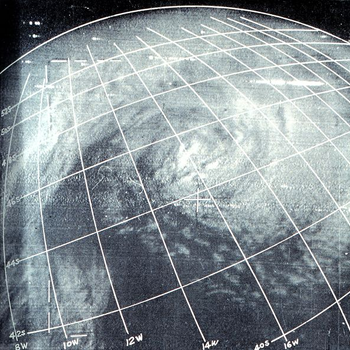How do you find the maximum, minimum and inflection points and concavity for the function y=1/3x^3+2x^2+24?
1 Answer
Taking the derivative enough times will get you the answer to each question.
Explanation:
First, we want to find the minimum and maximum points of the equation
To get these pieces of information, we need to take the derivative of the function. Luckily, this only requires the Power Rule and the Derivative of a Constant, which states
and
So the first derivate, which I will denote as y' becomes
The derivative is essentially the instantaneous slope of the line, and what you want to do is find when the derivative is 0, since this will give you the maximum and minimum of the original function. Since there's no constant term in this derivative, we can solve this by factoring.
Therefore, we can equate this to 0 and solve using the Zero Product Principle to get
With these values, we can plug these into the original function. Plugging in each value gives us the following two points:
(0,24) and (-4,34.667)
While there are only two points and it's obvious which one's the maximum versus the minimum, it's good to know how to figure which is which anyways. Consider the derivative:
The type of stationary point (max/min) can be found by looking at the values to the left and right of the zeroes. By figuring out the value just left and just right of the zero, you can figure out if it's a maximum, minimum, or just stationary. If the left is positive and the right is negative, you have found a maximum. If the left is negative and the right is positive, you have found a minimum. If both are the same sign, you have found a regular stationary point.
Next, we want the inflection point and the concavity. Well – the inflection point is the point in the graph where the concavity changes. In a cubic, this would be between the maximum and minimum. This can be given to us by the second derivative, denoted as y'', which is just taking the derivative's derivative.
The sign of this graph will give you the concavity of the original graph. If negative, the graph is concave down. If positive, the graph is concave up. If zero, you found the inflection point. This can sometimes be a stationary point, and sometimes it's not. Just solve to get the x value for the inflection point and plug that into the original function. You'll get it to be at (-2,29.333) and find out what the sign is to the left and right to find its concavity. Left of the inflection point, the graph is concave down, to the right, it's concave up.

